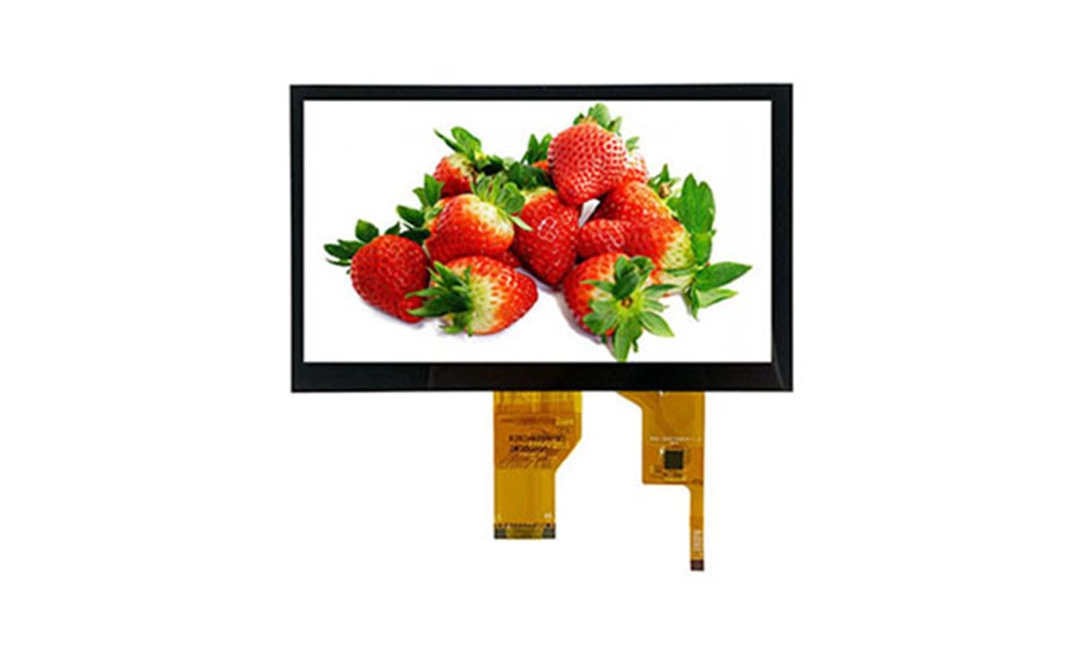Views: 278 Author: Reshine-Display Publish Time: 2024-05-17 Origin: Site








In the realm of visual technology, LCD displays have become ubiquitous, serving as the primary medium for viewing content on a wide range of devices, from televisions and computer monitors to smartphones and tablets. While LCD displays offer vibrant colors, sharp images, and crisp text under optimal viewing conditions, their performance can vary depending on the viewing angle. But how exactly does the viewing angle affect the quality of LCD displays? In this comprehensive guide, we'll delve into the intricacies of viewing angles and their impact on LCD display quality, empowering you to make informed decisions when selecting and using LCD-based devices.
Before we explore the influence of viewing angles, let's first understand how LCD displays work.
LCD stands for Liquid Crystal Display. It utilizes a layer of liquid crystal molecules sandwiched between two transparent electrodes to control the passage of light. When an electrical current is applied to the liquid crystal layer, the molecules align in a specific orientation, either allowing light to pass through or blocking it, depending on the desired display output.
To produce images and text, LCD displays typically use a backlight source, such as LED or CCFL (Cold Cathode Fluorescent Lamp), to illuminate the liquid crystal layer. The light passes through color filters to create the desired colors, which are then displayed on the screen. This process allows LCD displays to produce bright, colorful images with high contrast and clarity.
The viewing angle refers to the angle at which a viewer can comfortably see the display without experiencing a significant decrease in image quality or color accuracy. In other words, it defines the range of angles from which the display can be viewed without distortion, color shifting, or loss of brightness.
Now that we understand the basics let's explore how viewing angles affect LCD display quality:
One of the most noticeable effects of viewing angle is color shift, where colors appear differently when viewed from different angles. This phenomenon occurs due to the inherent properties of LCD technology, including the alignment of liquid crystal molecules and the orientation of color filters.
When viewing an LCD display from off-center angles, the alignment of liquid crystal molecules may change, causing the colors to shift or become distorted. For example, whites may appear bluish or yellowish, and blacks may appear grayish. This color shift can be particularly noticeable in displays with narrow viewing angles, such as TN (Twisted Nematic) panels.
Viewing angle also affects contrast, which refers to the difference between the brightest and darkest parts of an image. As the viewing angle increases, contrast may decrease, resulting in a loss of image depth and detail. This is especially evident in displays with poor viewing angles, where images may appear washed out or lacking in definition when viewed from off-center positions.
Another factor influenced by viewing angle is brightness uniformity, or the consistency of brightness across the display surface. LCD displays may exhibit variations in brightness when viewed from different angles, with areas closer to the edges or corners appearing dimmer than those in the center. This can be attributed to factors such as uneven backlight distribution and light leakage within the display panel.
The degree to which viewing angle affects display quality varies depending on the type of LCD panel technology used. For example, TN panels typically have narrower viewing angles compared to IPS (In-Plane Switching) or VA (Vertical Alignment) panels. TN panels are commonly found in budget-friendly monitors and displays, while IPS and VA panels are known for their superior viewing angles and color accuracy.

When choosing an LCD display, it's essential to consider the intended viewing conditions and usage scenarios. For applications where multiple viewers may be viewing the display from different angles, such as presentations or public signage, displays with wide viewing angles and minimal color shift are preferred. On the other hand, for personal viewing or gaming purposes, displays with fast response times and high refresh rates may take precedence over viewing angle considerations.
While viewing angle limitations are inherent to LCD technology, there are several strategies to optimize display performance:
Selecting an LCD display with the appropriate panel technology can significantly impact viewing angle performance. IPS and VA panels are known for their wider viewing angles and superior color accuracy compared to TN panels. Consider investing in displays with IPS or VA panels for applications that require consistent image quality from various viewing angles.
Positioning the display at eye level and perpendicular to the viewer's line of sight can minimize viewing angle issues. Avoid placing the display too high or too low, as this can introduce color shift and brightness variation when viewed from off-center angles. Additionally, ensure adequate lighting conditions to reduce glare and enhance visibility.
Calibrating the display settings, such as brightness, contrast, and color temperature, can help optimize viewing angle performance. Adjusting these settings to suit the viewing environment and user preferences can improve image quality and color accuracy across different viewing angles.
Anti-glare filters or coatings can help reduce reflections and glare on the display surface, improving visibility and image quality in bright or outdoor environments. These filters can be particularly useful for displays used in outdoor signage or digital advertising, where sunlight and ambient lighting may cause glare and wash out the screen.
In conclusion, viewing angle plays a significant role in determining the quality and usability of LCD displays. Understanding how viewing angles affect color accuracy, contrast, and brightness variation can help you make informed decisions when selecting and using LCD-based devices for various applications.